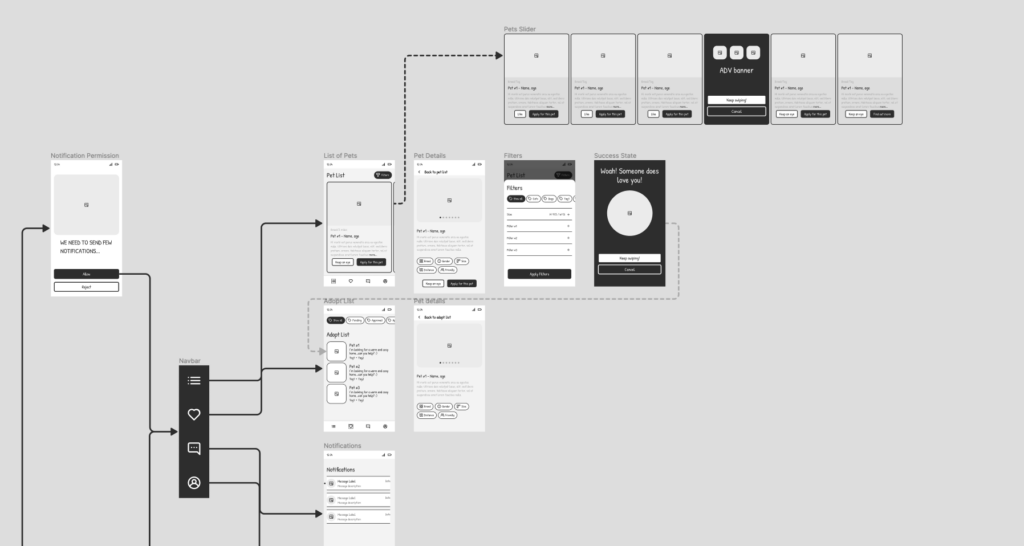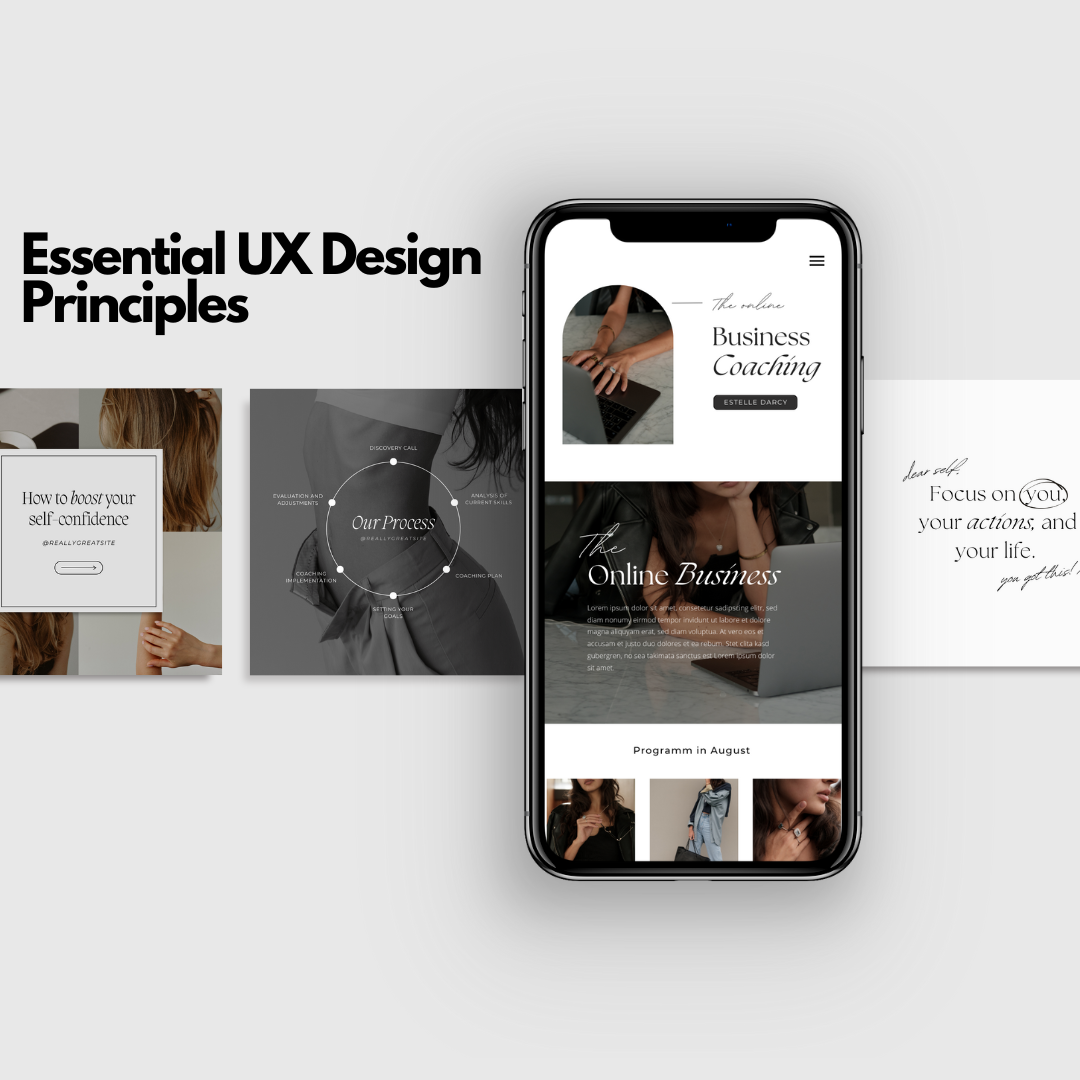Nov 15 - 3min readEssential UX Design Principles for Building Successful Products and ExperiencesBy Launchbase
Leading brands today don’t stumble upon success; they strategically invest in user experience design (UX design) to not only gain a competitive edge but also to establish adaptability for the future. Often seen as a creative field, UX design is rooted in psychology, problem-solving, and functionality rather than just aesthetics. As both an art and a science, UX design has established principles that contribute to its success.
Whether you’re a novice UX designer learning the ropes or a collaborator seeking a deeper understanding of the process, these key UX design principles can guide you in creating impactful, user-centric experiences that benefit both users and businesses.
1. Deep User Understanding:
Understanding users’ needs, motivations, and experiences is foundational. Despite the challenges posed by stakeholder demands and project constraints, keeping users at the forefront of decision-making is crucial. Effective UX design starts with comprehensive knowledge of users, including their goals, challenges, thoughts, and feelings. Various research methods, such as analytics, interviews, surveys, and empathy mapping, can provide valuable insights.
2. Emotional Storytelling with Data:
While data is essential for making informed decisions, balancing metrics with emotion is equally important. Kathy Sierra’s idea that successful products make users feel “badass” underscores the significance of emotional connections. Storytelling methods, such as anecdotes and user stories, add a human touch to data, helping convey not just what a product can do but how users will feel using it.
3. Efficient Information Organisation:
Information architecture (IA) is pivotal in designing user experiences that allow users to easily find and accomplish their objectives. Whether it’s a website, product screen, or communication piece, IA involves organizing, structuring, and labelling content effectively. Core modelling and mobile-first prioritisation are two practical exercises in IA that contribute to creating clear, efficient experiences.
4. Consistent Voice and Tone:
The voice and tone of a brand are often overlooked elements in UX design. However, they play a critical role in creating a memorable and understandable experience. Southwest Airlines is cited as an example of a brand that successfully maintains a consistent, friendly voice while adapting its tone based on context. Exercises like card sorting for voice and considering tone in different contexts can help define a brand’s personality and communication style.
5. Design Systems for Consistency:
Design systems play a crucial role in creating consistent experiences across various touchpoints. Beyond serving as a library of design elements, they document a brand’s mission, values, and UX design principles. Design systems, including values as models, brand guidelines, and component libraries, contribute to a shared vision, resource efficiency, and improved user experience.
6. Inclusive Design Practices:
Designing experiences that consider the diverse needs of users is imperative. Inclusive UX design goes beyond addressing disabilities; it ensures tools and information are accessible and non-exclusionary. This involves offering multiple ways to experience designs, allowing user preferences, and staying open to new ideas and technologies.
7. Usability Testing Prioritisation:
Usability testing, both qualitative and quantitative, remains a key practice in improving user experiences. Real-user feedback provides valuable insights into whether an experience meets goals and supports business objectives. Qualitative testing focuses on early designs, while quantitative testing helps discover problems and compare design approaches.

8. Clear UX Goals and Benchmarks:
Defining clear, measurable goals for user experience is essential for guiding research, design, and testing efforts. Identifying key objectives, valuing user outcomes, and embracing iterative measurement and optimisation contribute to setting realistic goals and benchmarks for usability testing.
9. Holistic User Experience:
Considering every touchpoint, both digital and offline, is crucial for creating a cohesive user experience. Collaboration between teams, including Product, Engineering, Marketing, and Customer Support, ensures a consistent and positive overall experience. Evaluating the entire journey and addressing users’ current needs contribute to better experiences.
10. Showcase the Value of UX:
Effective UX design often goes unnoticed when the experience is seamless. To bridge the gap between perception and reality, it’s essential to share UX work throughout the design process, involve non-designers in user research sessions, and highlight challenges and improvements made based on usability testing findings. Demonstrating the value of UX helps garner support and understanding from stakeholders.



